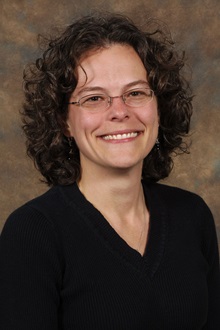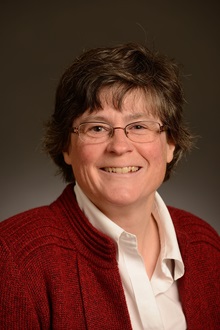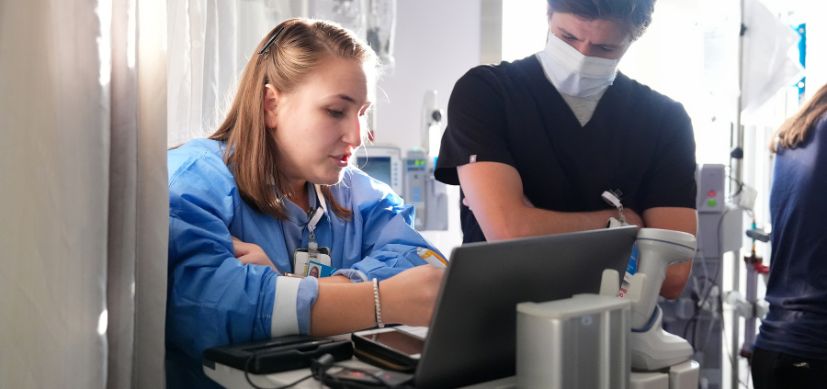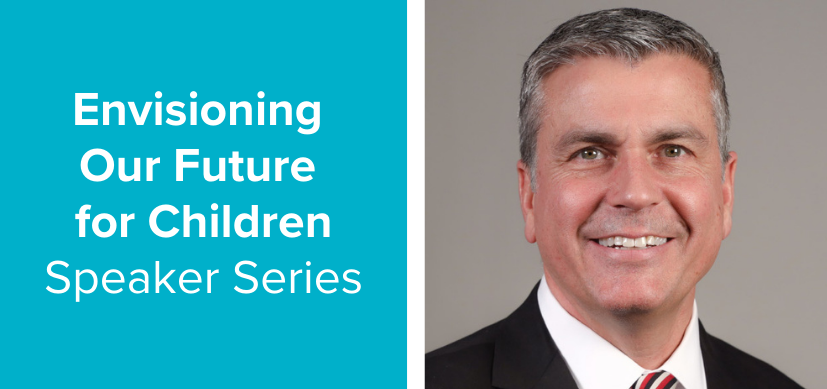Clinical Trial: Tech Tool Accelerates Language Development for Children with Deafness
Research By: Jareen Meinzen-Derr, PhD, MPH | Susan Wiley, MD
Post Date: January 15, 2021 | Publish Date: Jan. 15, 2021
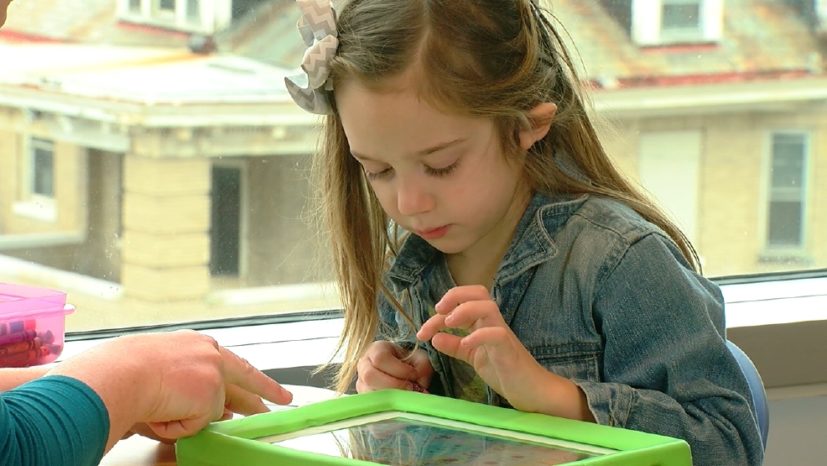
“This device allows a child to look at the words, message or phrase as many times as needed, and work with the words in a way that is different than listening.”
When preschoolers and elementary students with deafness or hearing loss fall behind on language development, an intervention using a tablet with special software does a better job than traditional therapies at helping them catch up, according to new research published Jan. 15, 2021, in Pediatrics.
Language development can be a major challenge when young children lack hearing. Up to 40% of children under 6 with deafness develop language gaps that make it harder for them to function socially and succeed academically.
A clinical trial to explore the benefits of technology-assisted language intervention (TALI), was led by Jareen Meinzen-Derr, PhD, MPH, Susan Wiley, MD, and colleagues at Cincinnati Children’s. The study involved 41 children randomly assigned to standard care or the TALI approach. After 24 weeks, the children in the TALI group demonstrated significantly greater increases in the length of phrases used to express themselves, along with improvements in the number of different words spoken and in conversational turn-taking.
The research team credits the improvements to participants’ access to a mix of images, written words, and consistent feedback through a software program that was integrated into therapy sessions and used at home.
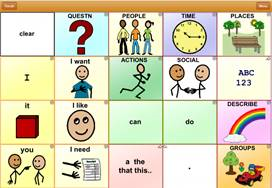
“With spoken language, messages are said or spoken out loud and then disappear. Children who are hard of hearing sometimes struggle to catch and process all of what is said. As a result, they may have difficulty developing language skills in the same way as their hearing peers,” Meinzen-Derr says. “This device allows a child to look at the words, message or phrase as many times as needed, and work with the words in a way that is different than listening.”
While the intervention involves off-the-shelf software, success with the intervention requires a speech-language pathologist (SLP). The research team does not recommend that parents pursue do-it-yourself versions of TALI.
“The SLP will set up the technology at the right language level for the child and will offer guidance of how to build on a child’s current language skill level. The SLP also coaches parents on how to use this approach in everyday life,” Meinzen-Derr says.
Next steps include using a $3 million grant from the National Institutes of Health to expand the clinical testing to a second location in Colorado.
“We expected to see improvement but we were thrilled to see that it worked as well as it did,” Meinzen-Derr says. “What this shows is that we can intervene early when traditional care does not result in strong progress. There are alternatives to consider.”
Learn about a family’s experience with TALI
Learn more about the value of early intervention
| Original title: | A Technology-Assisted Language Intervention for Children Who Are Deaf or Hard of Hearing: A Randomized Clinical Trial |
| Published in: | Pediatrics |
| Publish date: | Jan. 15, 2021 |
Research By
